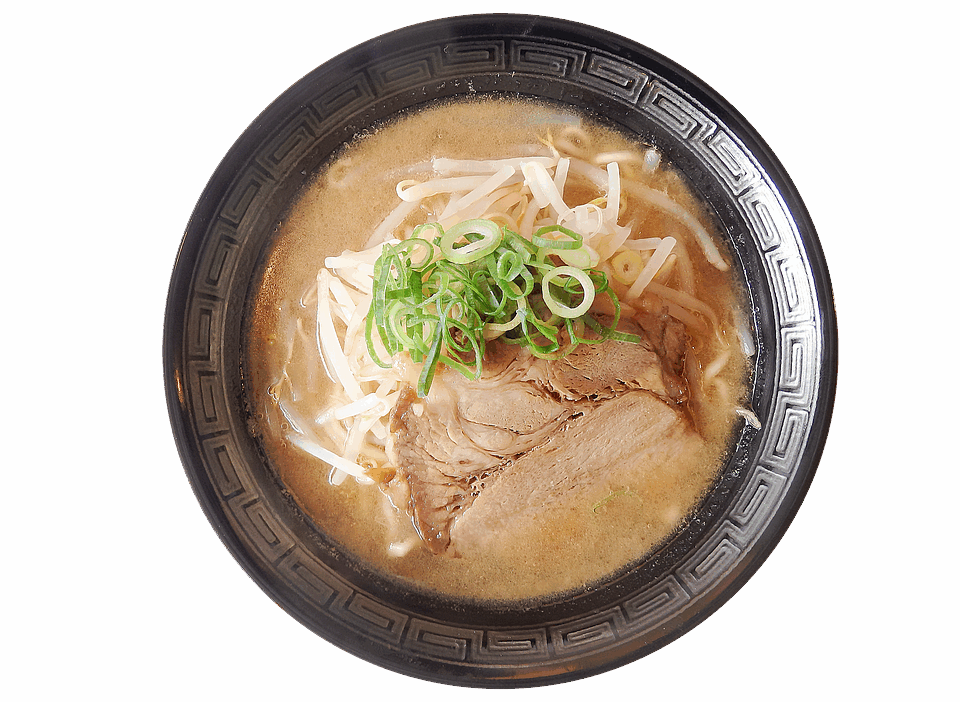In the world of culinary delights, flavors play a pivotal role, shaping the way we experience food. Among the five basic tastes—sweet, sour, bitter, and salty—umami stands out as an extraordinary enhancer. Often described as the “fifth taste,” umami holds the power to elevate everyday meals from mundane to extraordinary. So, what exactly is umami, and how can it transform your cooking?
Understanding Umami
Umami, a Japanese term meaning "pleasant savory taste," was first identified by Professor Kikunae Ikeda in 1908. He discovered it in kombu (a type of seaweed) and later isolated its source: glutamate, an amino acid naturally occurring in many foods. Umami is commonly found in:
- Aged cheeses: Parmesan and Roquefort are excellent sources.
- Fermented products: Soy sauce, miso, and kimchi burst with umami flavors.
- Meats: Particularly cured or aged meats like prosciutto or salami.
- Mushrooms: Varieties like shiitake and porcini are rich in umami.
- Tomatoes: Sun-dried tomatoes elevate dishes with their concentrated flavors.
This flavor profile often lingers on the palate, enhancing the overall appetite appeal of various dishes.
Umami as a Flavor Enhancer
Utilizing umami in your cooking can be as simple as incorporating certain ingredients or techniques that boost flavor, adding depth to every bite. Here are some everyday meals transformed by the magic of umami:
1. Pasta Dishes
Imagine a simple tomato sauce. By adding sun-dried tomatoes or a sprinkle of grated Parmesan, the sauce gains a depth that transforms the entire dish. Umami-rich ingredients like mushrooms or olives can further enhance the sauce, turning an ordinary plate of pasta into a gourmet experience.
2. Soups and Stews
A pot of vegetable soup can savor an uplift by incorporating miso paste or a dash of soy sauce. These ingredients not only deepen the flavor profile but also enrich the broth, creating a comforting experience that warms the soul.
3. Salads
Salads don’t have to be bland. A sprinkle of nutritional yeast, crumbled feta cheese, or even a drizzle of balsamic glaze can impart umami goodness, making even the simplest greens more enjoyable. Pairing vegetables with roasted nuts or seeds introduces a crunch that complements the savory notes.
4. Grilled or Roasted Meats
Marinating meats with umami-rich ingredients like Worcestershire sauce or a mix of garlic, soy sauce, and honey can yield incredibly flavorful results. Imagine biting into a perfectly grilled chicken breast that’s been marinated overnight; the burst of savory flavor will undoubtedly leave you wanting more.
5. Soothing Risottos
Adding a rich broth infused with mushrooms or incorporating aged cheese during the cooking process brings a new dimension to classic risotto. The creaminess combined with umami creates a comfort dish that is both indulgent and satisfying.
The Science Behind Umami
The magic of umami doesn’t just lie in flavor; it has a biological basis. Our taste buds have specific receptors that identify glutamate and its partners, such as inosinate (found in meat) and guanylate (found in mushrooms). This harmony contributes to the better taste perception of a meal, creating an involuntary response to eat more.
Cooking Tips to Incorporate Umami
-
Experiment with Fermented Ingredients: Incorporate fermented foods like kimchi or fermented soy products into your dishes; they add complexity and depth.
-
Layer Flavors: Don’t just rely on one umami source. Combine several—like tomatoes, mushrooms, and cheese—for an intricate flavor profile.
-
Use Quality Stocks and Broths: A good quality stock can elevate dishes significantly. Look for stocks rich in bones and umami elements.
-
Don’t Skip the Salt: Salt enhances umami and balances flavors. Just ensure to use it in moderation to avoid overpowering other tastes.
- Experiment: Be bold! Try different combinations of umami-rich foods to discover new flavor pairings and profiles.
Conclusion
Umami is more than just a taste; it’s a transformative element that can elevate everyday meals into unforgettable dining experiences. By understanding and harnessing the power of umami through various ingredients and cooking techniques, anyone can enhance their culinary creations. Whether it’s a traditional family dinner or a quick weeknight meal, unlocking the umami potential in your kitchen will truly transform how you experience food. So, don’t just cook—create meals that celebrate the rich tapestry of flavors that umami has to offer. Your palate will thank you!



